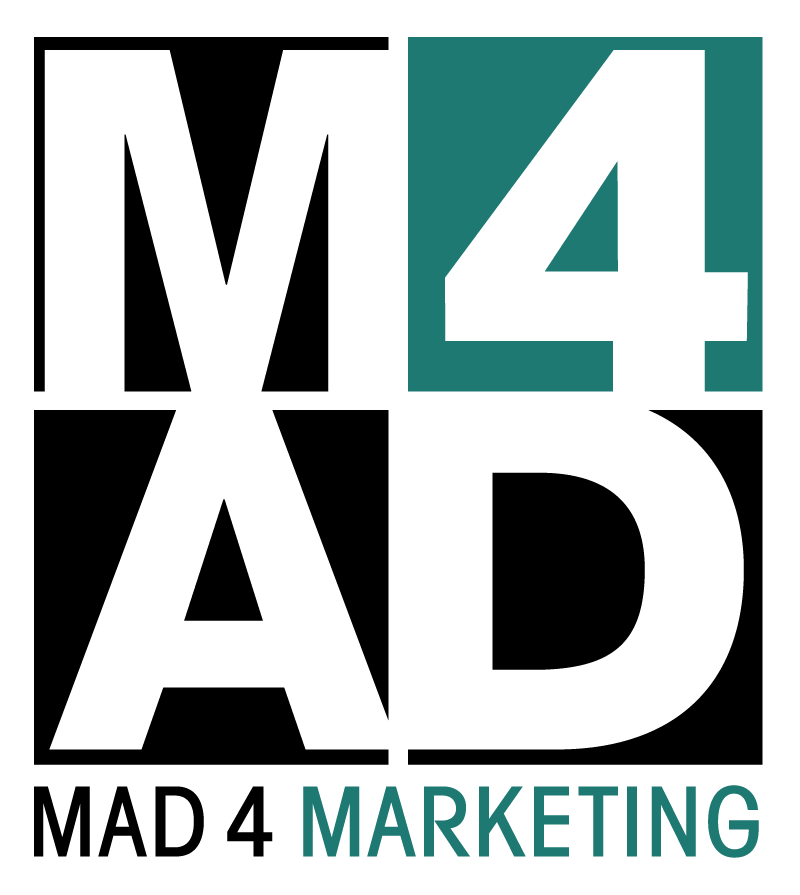These days, it’s not always easy to convince people to come see a live music show. Within minutes of a song’s closing notes, the performance has already been posted on YouTube and shared around the world, thanks to ubiquitous recording devices that sync up instantly with social media accounts. That makes it harder to convince fans that they should shell out good money to watch it happen live.
Plus, with each gig recorded and accessible, musicians can’t get away with some of the tricks that used to get them through a tour. For example, doing the same exact routine dozens of times. Though trying to tell stories and engage with fans in a naturalistic way, scripts and rehearsal are often employed. But now, any chance at the material seeming fresh or spontaneous is eradicated, since fans can see the same dialogue repeated show after show through video. Bands used to only need to worry about the die-hards and groupies who would travel with them, often hearing the same sets or anecdotes over and over again. Now, to keep up with media, it means not using the same lines word-for-word in each show, and changing up the song order and playlists as well. All of this requires more time, effort and rehearsal from musicians and their teams. And money, of course.
Now bands are looking for ways to reward those who show up to see them play, to make the live experience less replaceable. On their recent tour to celebrate their tenth anniversary—which launched in the U.S. in Sunrise, Florida, after selling out in Europe and Australia—Linkin Park offered attendees the chance to text in a code that would give them access to a free copy of the performance they’d just seen online. It’s a way of rewarding them for paying for the ticket with a souvenir; not just of a generic EP, but of the very show they’d attended, so they can relive the experience and remember how great it was to see live.
San Francisco-based rock band Train takes photos of the audience from the stage and tweets them, letting those who were there look for themselves in the crowd and also pass along the pics to friends for easily viral bragging rights. Meanwhile, Amanda Palmer of the Dresden Dolls encourages audience members to tweet her song requests while she’s onstage to add to her lineup at the time of the concert.
These are just a few examples of how bands are using social media tools to encourage their fans to show up at live engagements and keep them even more connected. We’d love to hear about more examples you may have heard about or seen, so let us know!
